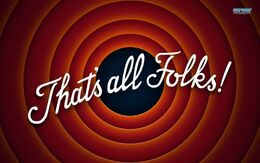Twelve weeks and 150 hours later here we are.
The end.
It’s been an experience, WWPL, one I’ll definitely cherish (and not in a cheesy way, I promise). Mark’s been an excellent guide this summer and invaluable in getting me the hands on archival experience I’ve so desperately needed since realizing I could graduate this fall.
As I told a coworker the other day, I stupidly thought I could finish up getting a Master’s without any kind of internship; that my archival streets smarts learned solely from textbooks would be enough to coast me into a decent job. Boy, was I wrong and I’m so glad that I was.
Reading and learning about something is one thing: physically doing something and learning is another. But, ultimately, it takes two to make a thing go right and you won’t get very far without one or the other.
It feels kind of surreal to be finished and, perhaps most terrifying of all, I think I might miss having to get up super early to get Staunton on time. It all adds to the big picture though that some day I’ll hopefully actually be working in archive somewhere and can look back to the place where really it all started (not counting a digital classroom).
Sixteen collections later and one giant embarrassingly overly color coded spreadsheet later, this intern is done. And will miss quiet mornings in the library and research center touching old things just because I’m an intern and I’m allowed to.
I’ll be back for visits and maybe even some volunteering since I’m local enough, so beyond my enormous amount of thanks for a summer well spent learning about archives and what I want to do with my life, there’s only just one thing left to say…

